Don’t we all welcome an easy and tasty chicken dish you can cook in less than about 30 minutes? This isn’t going onto any taste hall of fame, but it’s good and hearty.
We ate a lot of fish on our travels to the Pacific Northwest. So much so that when we got home I wasn’t craving anything fishy at all, but wanted chicken. I do get tired of it sometimes too, but our first night home I wanted some fowl. We visited Costco for a new stash of boneless, skinless chicken breasts and I bought some fresh mushrooms. Everything else was in the kitchen pantry.
The recipe came from an Oprah show some years ago, when Cat Cora visited the program. What makes this preparation Greek is really just the cinnamon. The Greeks do eat pasta, though, so it’s kind of a cross between Italian and Greek. The original recipe suggests using orzo pasta, which the Greeks do love – almost more so than the Italians. My changes to the recipe were: (1) I added mushrooms just because; (2) I had some Pecorino-Romano cheese that needed using up, so I mixed it along with the freshly grated Parmigiano; and (3) I added some crumbled Feta cheese. I must say that of those changes, it was the Feta cheese (because of the saltiness, I think) that made this dish taste so good. I also added just a tetch more cinnamon too.
The original recipe called for chicken pieces (which probably is more traditionally Greek). I used chicken breasts, so I’ve changed the directions as breasts cook so much faster, of course. If I had chicken pieces, I’d just cook it longer with a lid on to help develop some good flavor in the sauce. Chicken breasts without bones don’t impart a lot of character/flavor to anything, unfortunately. But it was what I had, so that’s what I did. I was too lazy to hunt in my pasta stash for orzo, so I grabbed thin linguine (my go-to favorite pasta, actually). My DH was so happy to have some pasta – we eat very little of it – maybe once a month at most. And yes, it did taste good!
My only caution: don’t over cook the chicken – since it’s cut into strips, it doesn’t take long to cook through. Every minute cooked after that just makes chicken breast meat more dry. Keep that in mind as you brown the pieces, then simmer in the sauce for a short time. Meanwhile make the pasta and combine. Don’t forget that Feta cheese.
When I entered this recipe into MasterCook, it shows a very high sodium content. It must be the tomato paste. I buy a very low sodium brand (Hunt’s I think). The Feta cheese and both Italian cheese add sodium to the dish as well. Watch how much extra salt you add, that’s all.
What’s GOOD: how quick it was to make – it was a satisfying dish. Comforting. As I mentioned at top, since this sauce is based on tomato paste, it’s not overwhelming in other, good flavors. Next time I make it I’m going to use chicken broth instead of water.
What’s NOT: this isn’t going to win any flavor contests, but remember, this is a quick, easy dinner to make in a short time. Your family will be happy.
printer-friendly CutePDF
MasterCook 5+ file and MasterCook 14 file
* Exported from MasterCook *
Greek Cinnamon Stewed Chicken
Recipe By: Adapted from an Oprah show with Cat Cora
Serving Size: 4
3 pounds boneless skinless chicken breast — cut into 1″ wide strips
1 teaspoon ground cinnamon
2 teaspoons kosher salt
1 teaspoon freshly ground black pepper
5 cloves garlic — peeled and minced
2 tablespoons extra-virgin olive oil
1 large yellow onion — peeled and coarsely chopped [I used a red onion]
2 cups water [next time I’ll use chicken broth]
6 ounces button mushrooms — cleaned and sliced
1 can tomato paste — (6 ounces)
1 tablespoon Italian herb seasoning
1 cup orzo — cooked according to package directions (or other pasta of your choice)
1/2 cup Parmesan cheese — grated
1/4 cup Pecorino-Romano cheese — grated
1/2 cup Italian parsley — chopped
1. Preboil water with sea salt.
2. Pat the chicken dry with paper towels. A wet chicken will cause the oil to splatter while the chicken is sautéing. Mix the cinnamon, salt and pepper in a small bowl. Rub the chicken pieces on all sides with the seasoning.
3. Heat the olive oil in a large, nonreactive, deep skillet over high heat. A 12-inch skillet with sides about 2 1/2 to 3 inches high will allow you to brown all the chicken at once. If you don’t have a skillet large enough, brown them in two batches using 1/2 the oil for each batch. What’s important is that the chicken isn’t overcrowded, which would cause them to steam rather than brown.
4. Add the chicken to the oil and brown for about 2-3 minutes on each side. Turn the pieces using a metal spatula, as they have a tendency to stick to the pan. Remove the pieces when they are well browned on at least 2 sides. Don’t over cook them as they’ll dry out when you cook the chicken in step 7.
5. Mince three of the garlic cloves. Lower the heat to medium-high, and add the onions and minced garlic. Cook for about 3 minutes, stirring constantly, until the onions have softened and are a rich golden brown. Add the mushrooms and cook for 3-5 minutes until softened. Add about 1/2 cup of the water and scrape the bottom of the pan with a spatula or spoon to deglaze the pan, loosening any particles stuck on the bottom.
6. When the water has evaporated, add the remaining 1 1/2 cups of water, tomato paste, Italian seasoning and remaining 2 garlic cloves, minced.
7. Return the chicken to the pan. The liquid should cover about 3/4 of the chicken pieces. If it doesn’t, add a bit more water. Cover the pot and simmer over medium-high heat for about 10-15 minutes, or until the chicken is tender and thoroughly cooked. If the sauce becomes too thick, it can be thinned with a little more water. Season the finished sauce with kosher salt and pepper to taste. Serve over orzo, cooked according to package directions, and sprinkle on all the cheeses, then add parsley on top.
Per Serving (I use tomato paste with no salt, so the sodium count is way off): 717 Calories; 17g Fat (21.2% calories from fat); 93g Protein; 45g Carbohydrate; 4g Dietary Fiber; 209mg Cholesterol; 1714mg Sodium.





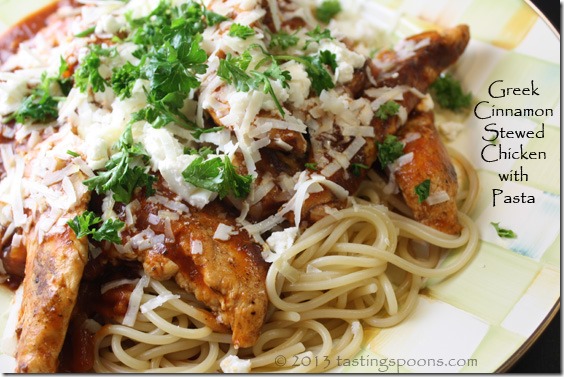

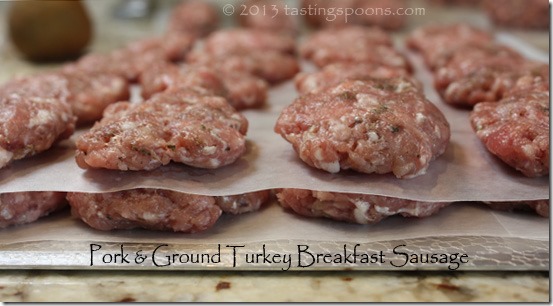
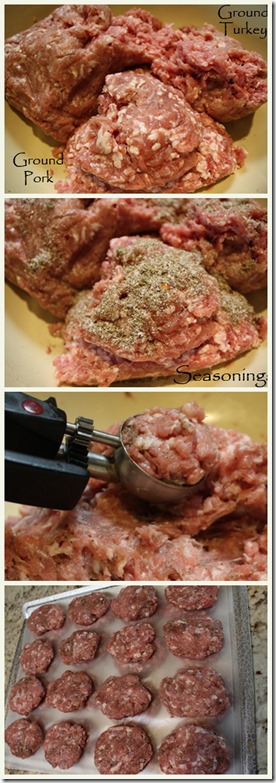

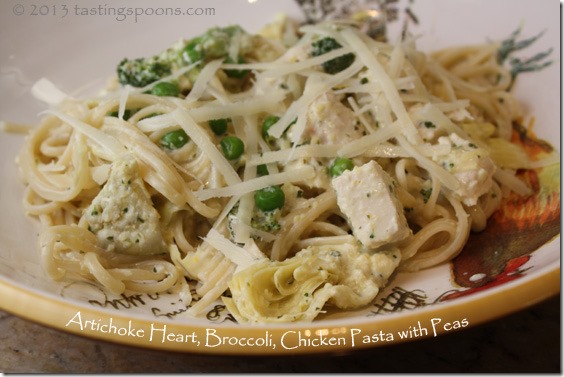
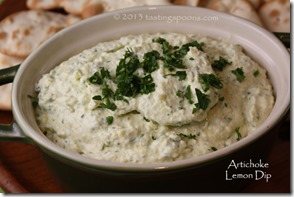
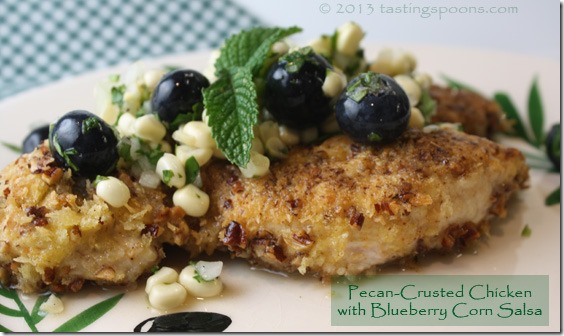
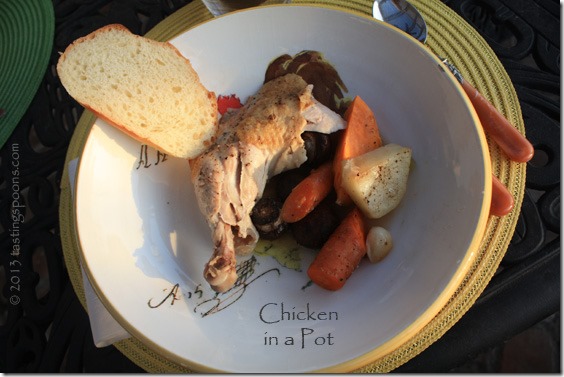
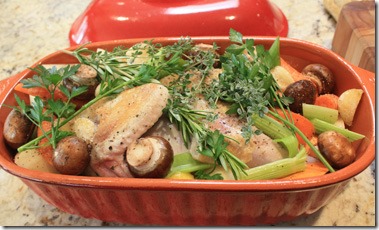
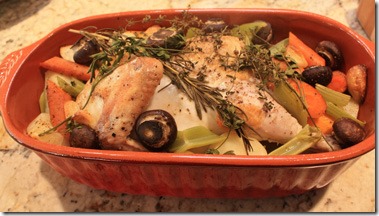
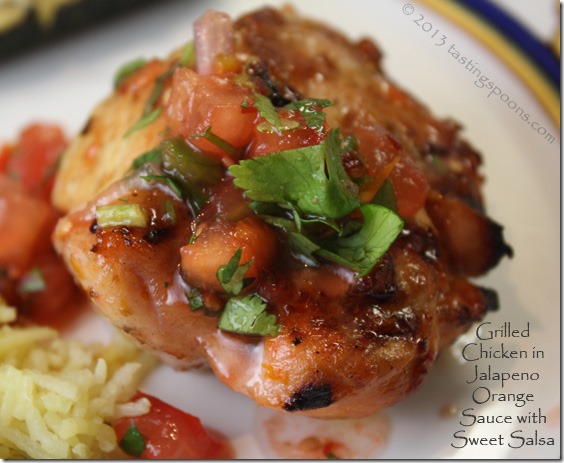
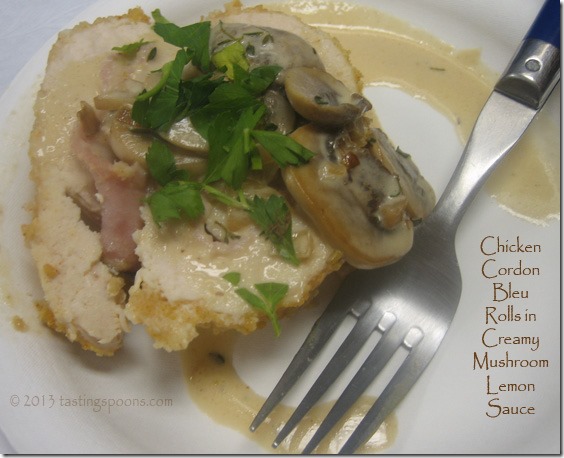
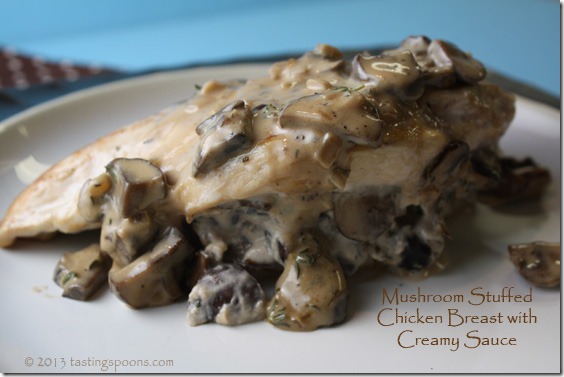
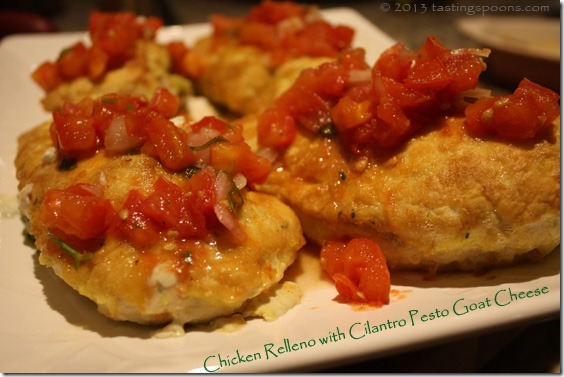
 Phillis Carey
Phillis Carey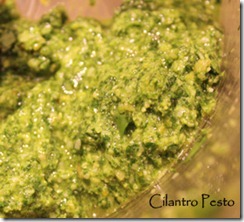
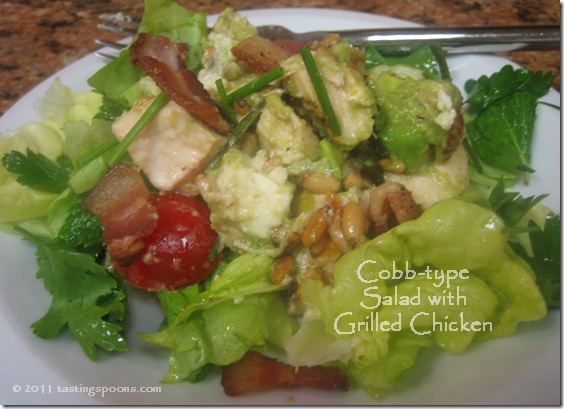
Leave a Comment!